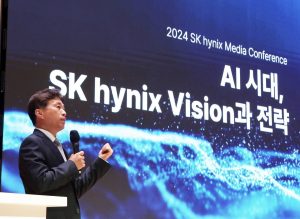Popular Keywords
- About Us
-
Research Report
Research Directory
Semiconductors
LED
Consumer Electronics
Emerging Technologies
- Selected Topics
- Membership
- Price Trends
- Press Center
- News
- Events
- Contact Us
News

With NVIDIA’s GTC 2025 approaching, South Korean memory giants Samsung and SK hynix are both gearing up—but with different approaches. Interestingly, according to a report from the bell, while Samsung plans to showcase a wide range of technologies, from memory chips to liquid cooling, SK hynix a...
News

According to Korean media outlet the bell, citing sources, Samsung Electronics has successfully achieved a higher-than-expected initial yield of over 30% in its SF2 (2nm) test production. The company plans to stabilize the process in the second half of 2025 in preparation for the mass production of ...
News

As 2025 begins, among the three major end-application markets for memory, the recovery momentum for mobile phones and laptops remains weak. Meanwhile, servers, driven by the strong demand for AI continue to grow steadily, which is expected to further drive semiconductor development. AI presents n...
News

According to TechNews, citing Business Korea, South Korean memory giant Samsung has announced plans to supply major customers with its enhanced fifth-generation HBM3E products by the end of Q1 2025. Furthermore, the company aims to mass-produce sixth-generation HBM4 in the second half of 2025. Ho...
News

SK hynix announced today that it recorded best-ever yearly performance with 66.1930 trillion won in revenues, 23.5 trillion won in operating profit with an operating margin of 35%, and 19.8 trillion won in net profit with a net margin of 30%. SK hynix’s yearly revenues marked all-time high, exc...